Image Gallery: Female Egyptian Mummy Discovered
Lodged in the Skull
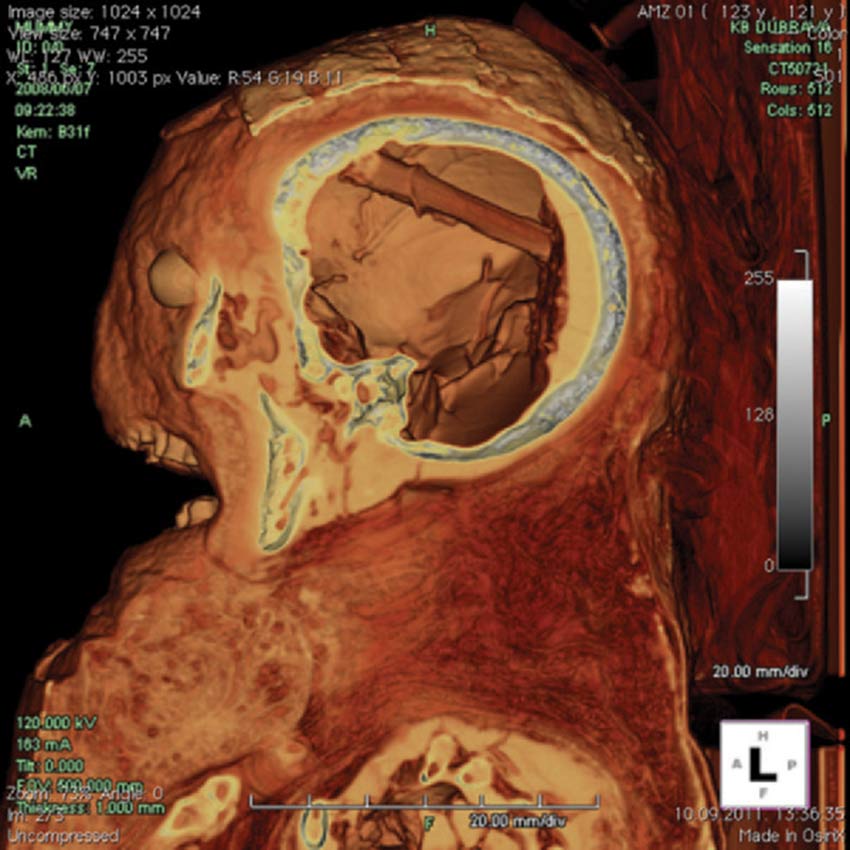
CT scans of a 2,400-year-old female mummy revealed a tubular object embedded in its skull between the brain's left parietal bone and the resin filled back of the skull. It would turn out to be a tool used for the removal of the brain. This is only the second time that such a tool has been reported in the skull of an ancient Egyptian mummy.
Closer Look
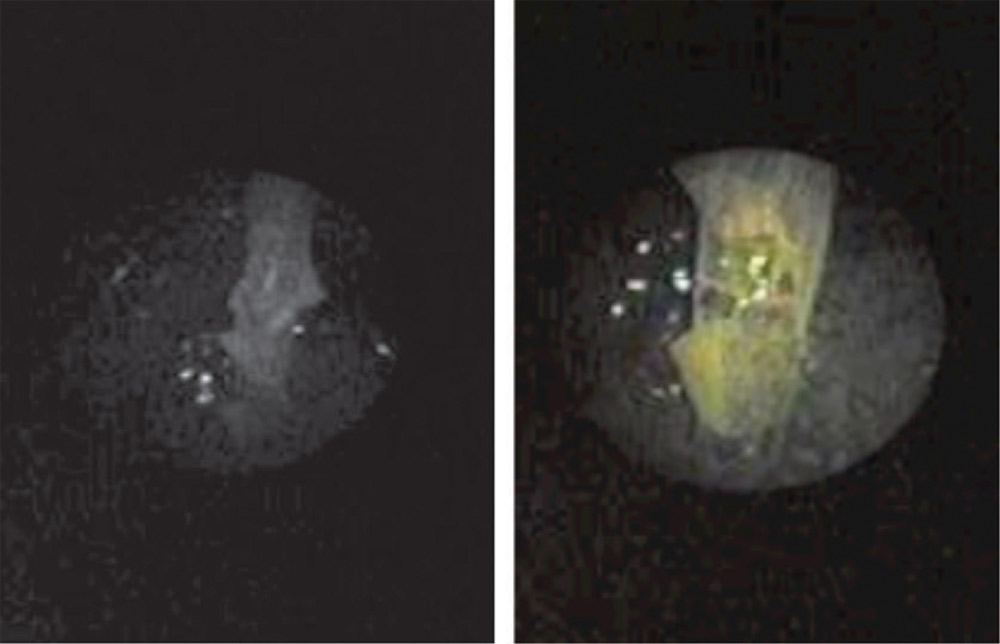
When the object was first discovered researchers were not sure what it was. So they inserted an endoscope (a thin tube used for non-invasive medical procedures) into the mummy to get a closer look. (Left): the object in situ; (Right): a close-up of the base of the object.
Weird Object
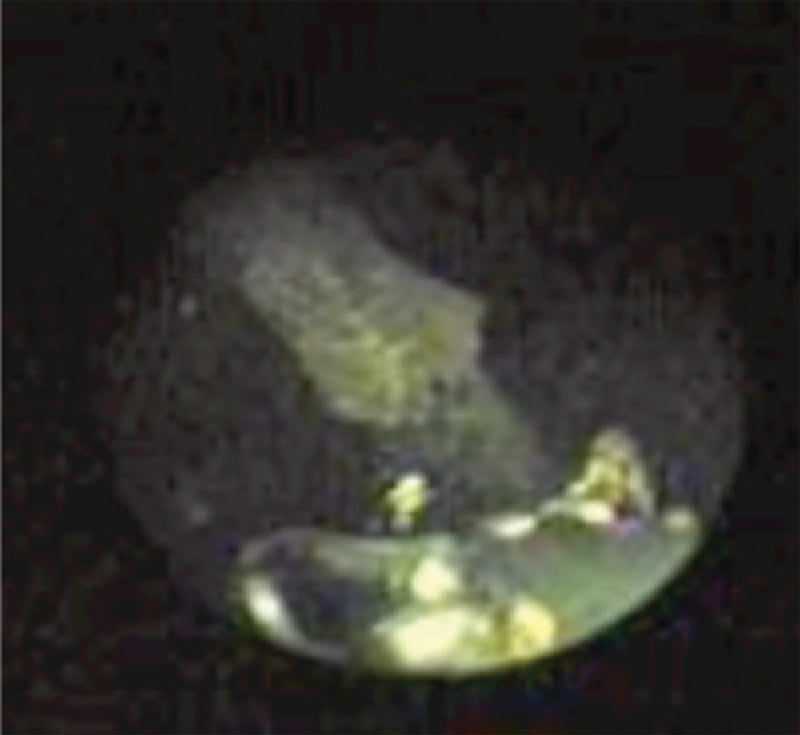
In this image the endoscope clip reaches for the base of the object. The object was cut off and brought to light for the first time in 2,400 years.
To Remove a Brain

The object, which measures 3 inches (8 cm) in length, was cut off from resin that it had gotten stuck to (hence the jagged edge). Made of a species Monocotyledon plant, it would have been used to remove the mummy's brain. It was left in the skull by the embalmers by accident, possibly because it broke off.
Monocot Stem
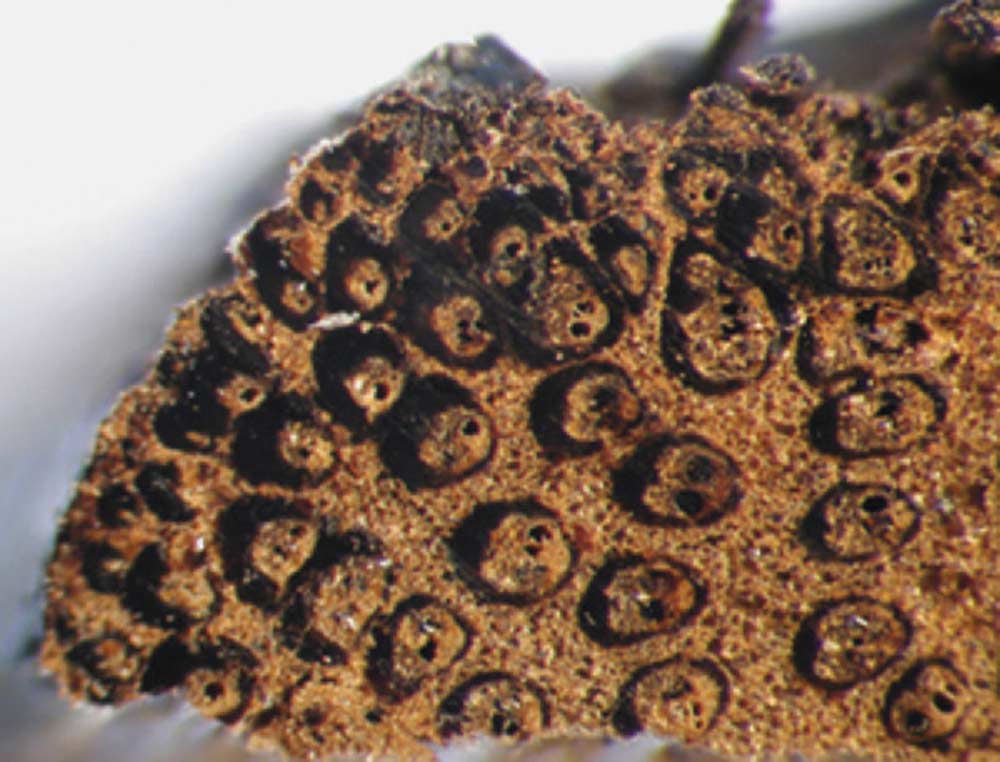
The object is very brittle and researchers were limited in the forms of analysis they could do on it. When they put it under a microscope they found what are called "vascular bundles" that are each surrounded by a "dark sclerenchymatous ring," indicating it was made from a monocot plant stem of a species from the Poaceae family. This group of plants (which are very common in Egypt) includes forms of cane and bamboo.
Herodotus
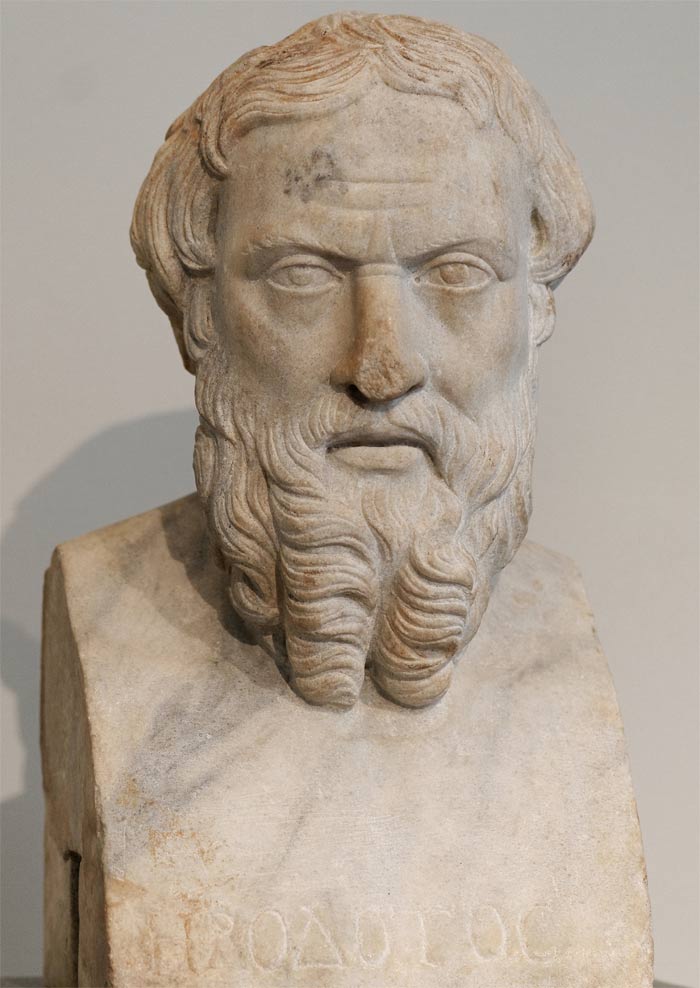
There are few surviving ancient sources that discuss how the Egyptians embalmed mummies. One of them was Herodotus, a fifth-century B.C. Greek traveler to Egypt, who claimed embalmers used an "iron hook" to remove the brain. The new discovery suggests tools made of organic materials were also used in some cases. Here, a bust of the head of Herodotus, made in the second century A.D., now in the Metropolitan Museum of Art.
Dontaing a Mummy
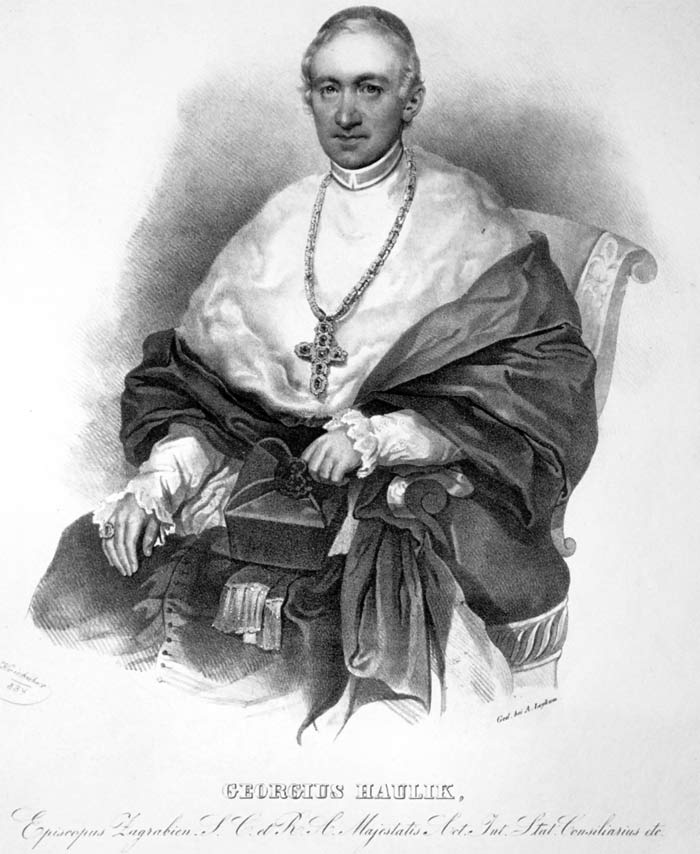
A lithograph of archbishop Juraj (sometimes spelled Georg) Haulik. He donated the female mummy to the museum in Zagreb Croatia sometime in the mid 19th century. Recent CT scans and radiocarbon dating show that she lived around 2,400 years ago, died about age 40 and suffered a fracture (that healed) in one of her hands.
Sign up for the Live Science daily newsletter now
Get the world’s most fascinating discoveries delivered straight to your inbox.
Persian Empire
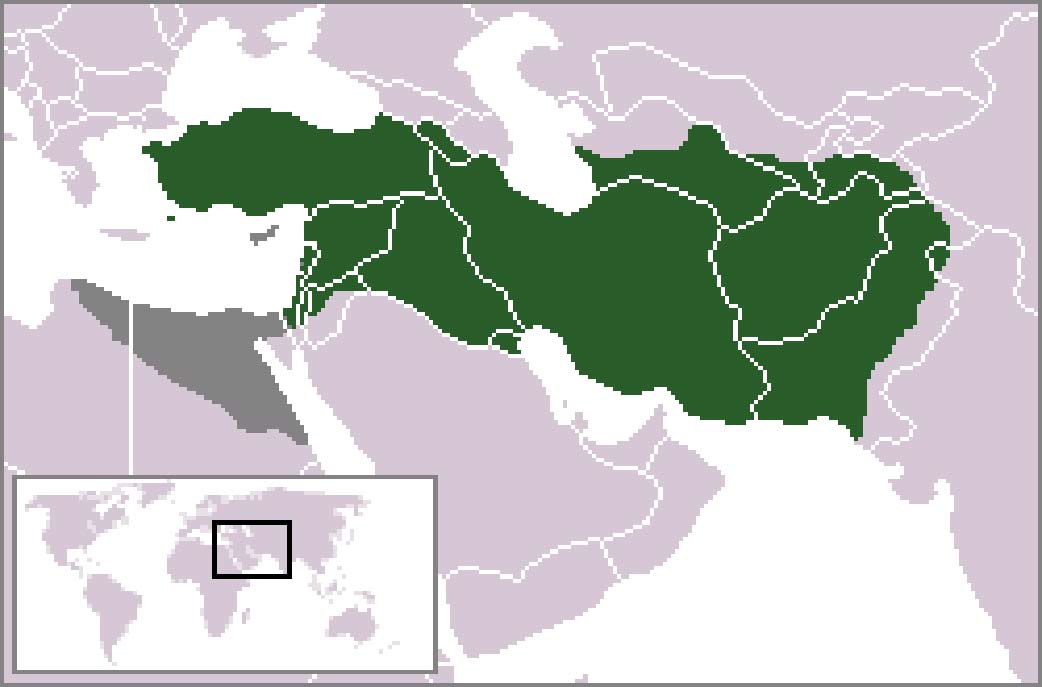
She lived at a time when the Persian Empire, located to the east, threatened and at times controlled Egypt. This map shows the rough extent of it around 2,400 years ago during the reign of Artaxerxes III. By the end of his rule he had gained partial control of Egypt (seen in gray).
Alexander the Great
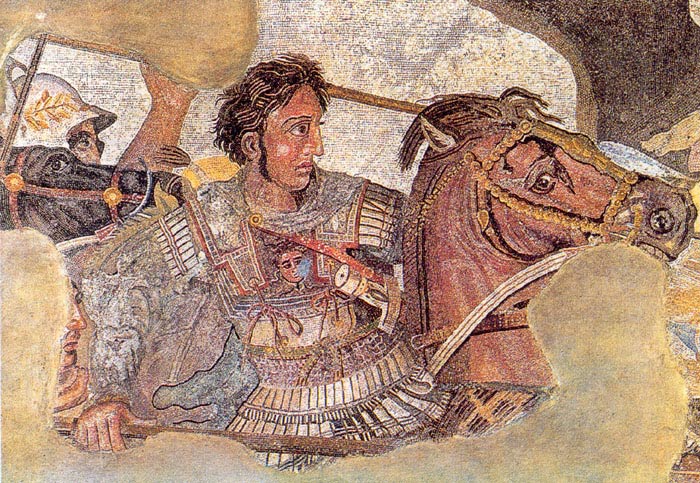
In 332 B.C. Persian rule in Egypt came to an end with the arrival of Alexander the Great (pictured here). After his death a dynasty of Greek kings would take control of Egypt and would rule for the next three centuries.

Owen Jarus is a regular contributor to Live Science who writes about archaeology and humans' past. He has also written for The Independent (UK), The Canadian Press (CP) and The Associated Press (AP), among others. Owen has a bachelor of arts degree from the University of Toronto and a journalism degree from Ryerson University.









